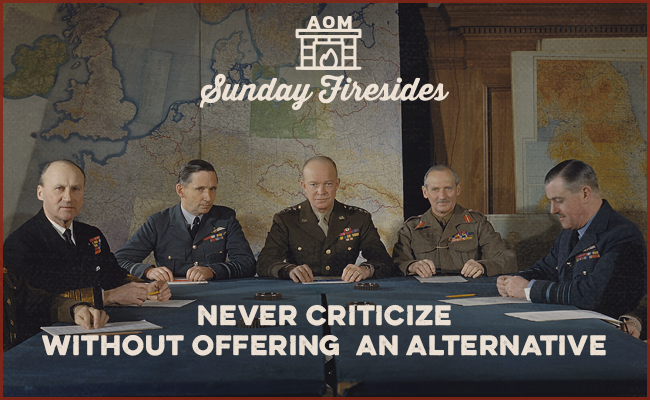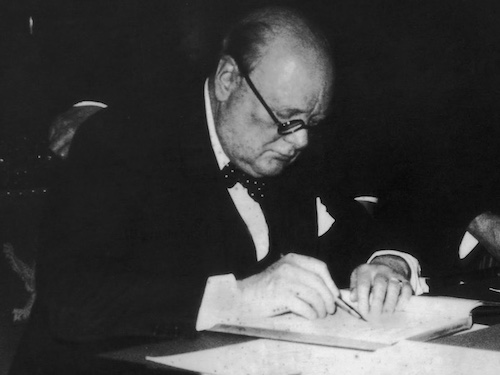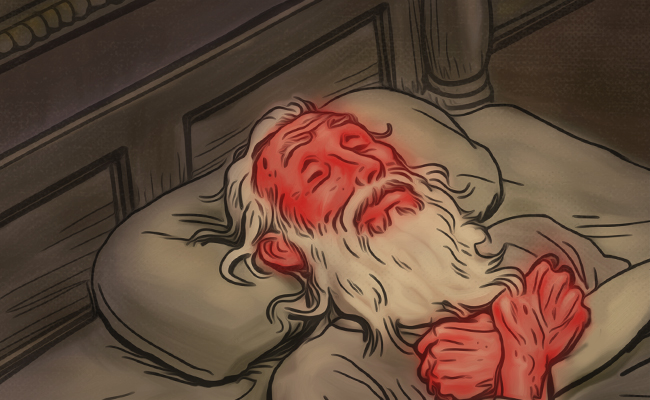
During World War II, General Dwight D. Eisenhower would have his staff study certain problems and then present their conclusions to those who were specialists in that particular area. Sometimes, a member of the latter group would disagree with the recommended action. “But this was not acceptable to General Eisenhower,” one of the men close to him remembered, “who held that to disagree in itself was insufficient unless the officer so disposed could come up with something better. Therefore a more adequate plan had to be submitted when disapproval was recommended.”
To criticize without offering an alternative is too easy.
It’s easier to demolish than construct. It’s easier to find the holes in things than to figure out how to patch them up.
Those who take the “I don’t know what else to do, I just know I don’t like this” position often do in fact have an alternative plan in mind, though not always consciously. Somewhere in their mind they believe there’s a possible arrangement to be made that doesn’t involve any of the sacrifices, trade-offs, and compromises that any practical, real-world solution invariably demands.
Being asked to generate this kind of realistic solution requires letting go of the childlike fantasy in which one can have all upside and no downside. It requires really digging into an issue, developing a depth of understanding that goes beyond drive-by feedback. As the officer quoted above observed, by mandating that any critique be coupled with a counterproposal, Ike’s policy “made for more careful scrutiny and analysis.”
It makes for a neat sorting mechanism as well.
He who isn’t willing to demonstrate this level of investment, to put skin in the game, to show readiness to formulate criticism that is not just destructive, but creative, forfeits his seat at the decision-making table.







